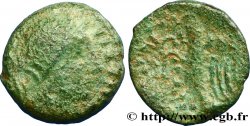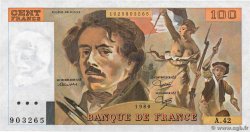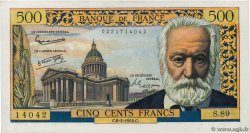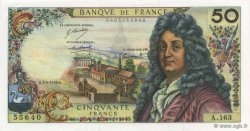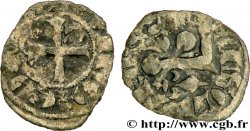Back 1/1
Live auction - bga_693194 - GALLIA - CARNUTES (Beauce area) Hémistatère d’or à l’aigle, tête à droite
You must signin and be an approved bidder to bid, LOGIN TO BID. Accounts are subject to approval and the approval process takes place within 48 hours. Do not wait until the day a sale closes to register. Clicking on "BID" constitutes acceptance of the terms of use of cgb.fr private live auctions.
Bids must be placed in whole Euro amounts only. The sale will start closing at the time stated on the item description; any bids received at the site after the closing time will not be executed. Transmission times may vary and bids could be rejected if you wait until the last second. For further information check the Live auction FAQ
All winning bids are subject to a 18% buyer’s fee.
All winning bids are subject to a 18% buyer’s fee.
| Estimate : | 1 600 € |
| Price : | 850 € |
| Maximum bid : | 850 € |
| End of the sale : | 07 December 2021 15:42:58 |
| bidders : | 1 bidder |
Type : Hémistatère d’or à l’aigle, tête à droite
Date: Ier siècle avant J.-C.
Mint name / Town : Chartres (28)
Metal : gold
Diameter : 14 mm
Orientation dies : 11 h.
Weight : 3,62 g.
Rarity : R3
Coments on the condition:
Monnaie bien centrée qui a conservé de jolis détails au droit comme au revers
Obverse
Obverse legend : ANÉPIGRAPHE.
Obverse description : Tête laurée, à droite ; la joue sans ornement, une mèche de cheveux devant le front.
Reverse
Reverse legend : ANÉPIGRAPHE.
Reverse description : Aigle à droite, une croix inscrite dans une rouelle perlée dans les serres ; un croissant au-dessus de l’aile.
Commentary
Les monnaies de la Série 505 A du Nouvel Atlas sont toujours très rares et il semble que leur classement ait encore besoin d’être affiné. Pour les hémistatères avec la tête à droite, n’est référencé que le DT. 2569 décrit “à la joue lisse et au profil humain”. Si cet exemplaire semble être issu du même coin de droit que le DT. 2569, les coins de revers sont différents et ont pourtant un défaut (cassure de coin) au même endroit au niveau de la roue perlée. Il ne s’agit en aucun cas d’une tête coupée... .
Coins in Series 505 A of the New Atlas are still very rare, and it seems that their classification still needs to be refined. For hemistaters with the head to the right, only DT. 2569 is referenced, described as “with a smooth cheek and a human profile.” While this example appears to come from the same obverse die as DT. 2569, the reverse dies are different and yet have a defect (die break) in the same place at the level of the beaded wheel. This is in no way a severed head...
Coins in Series 505 A of the New Atlas are still very rare, and it seems that their classification still needs to be refined. For hemistaters with the head to the right, only DT. 2569 is referenced, described as “with a smooth cheek and a human profile.” While this example appears to come from the same obverse die as DT. 2569, the reverse dies are different and yet have a defect (die break) in the same place at the level of the beaded wheel. This is in no way a severed head...







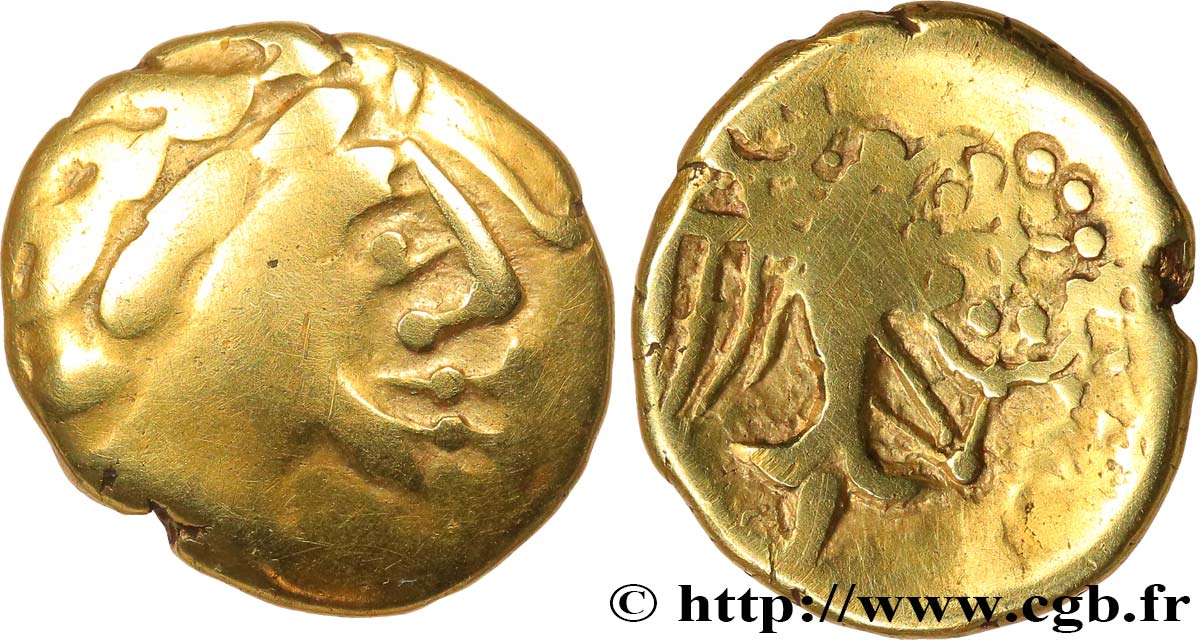
 Report a mistake
Report a mistake Print the page
Print the page Share my selection
Share my selection Ask a question
Ask a question Consign / sell
Consign / sell
 Full data
Full data